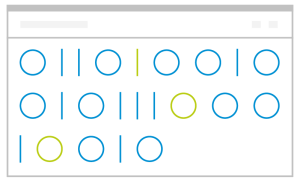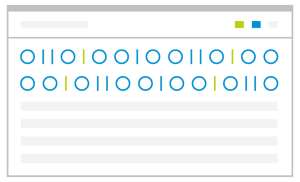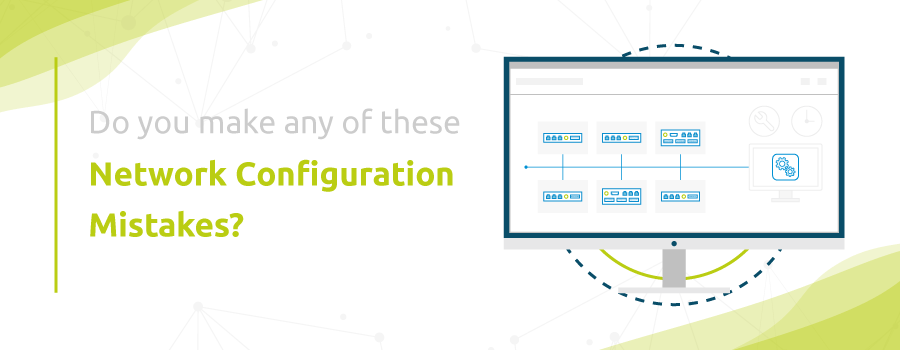Network configuration is not an easy task. It is a seemingly never-ending job since networks are constantly evolving and require appropriate maintenance and monitoring. Operators constantly make network configuration changes, and this can result in faults; creating security, connectivity, and network performance problems.
Why is network configuration important for your business?
A proper network settings management ensures communication between devices and allows you to restore your network after a failure; quickly and easily.
Here’s why our NMS is worth considering
Configuration management key features

E2E Circuit Provisioning

MIB Browser

SNMP Terminal

Device Integrator

MIB Compiler

Rules

Device Backups

Operation Launcher

Firmware A/D
End-to-end circuit and service provisioning.
Configure your end-to-end multi-vendor circuits the way you want. It is a cost-effective tool that simplifies your provisioning processes, reducing errors and giving you more control.
Network Device Integrator.
Our device integrator allows you to incorporate network equipment yourself. This is an amazing framework tool, enabling you to design your templates related to a new model for any of your network equipment in just a few minutes.
Operation Launcher.
The operation launcher enables you to launch configurations, even actions (Scripts, HTTP, SSH, SNMP etc.) to a massive group of network elements. You will be able to schedule tasks to be executed, if required.
Device Configuration Comparator.
This tool allows you to compare backups and new configurations on your network devices.
What are the advantages of our network configuration management tools?

Simplifies and improves your circuit provisioning processes without breaking your budget.

Enables you to create and manage your network devices in an easier way.

Stores settings from your network devices automatically or manually.

Allows you to execute upgrades for numerous devices simultaneously.

Monitors configuration changes and generates reports.

Delivers you a complete network inventory (new integrations, configuration changes, backups, updates, etc.).
